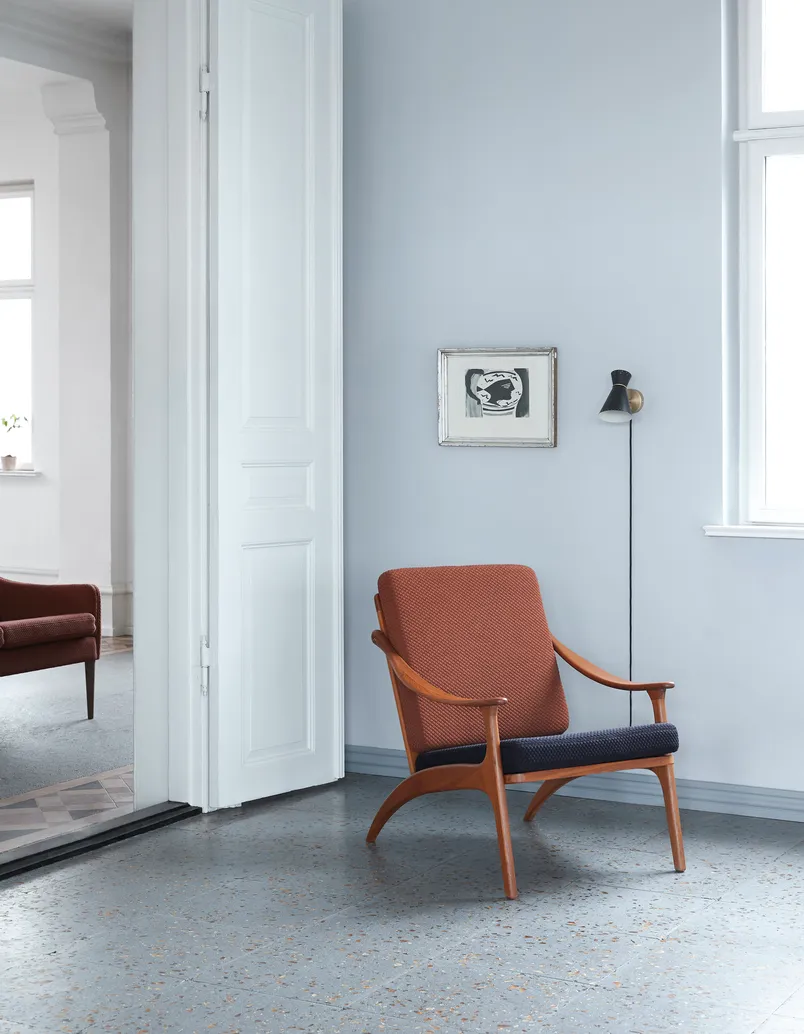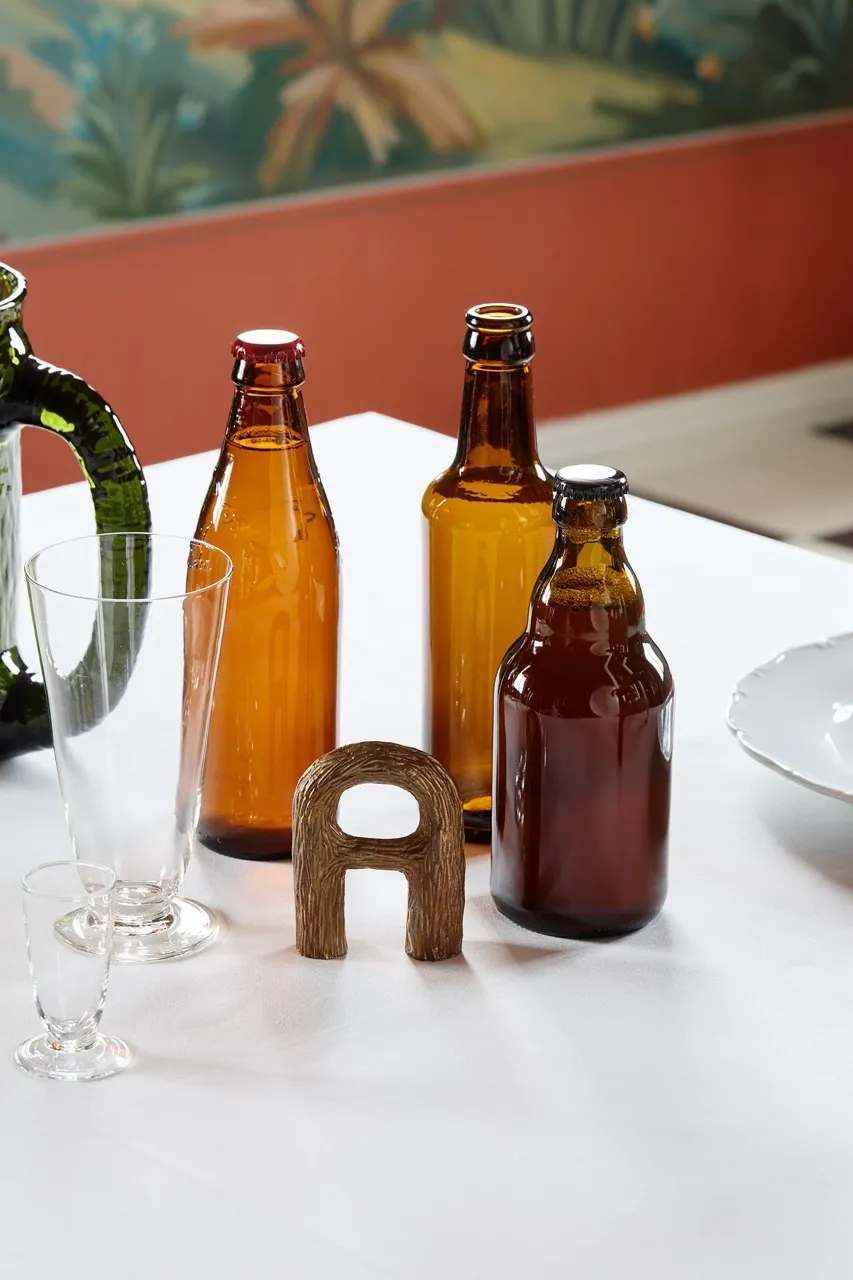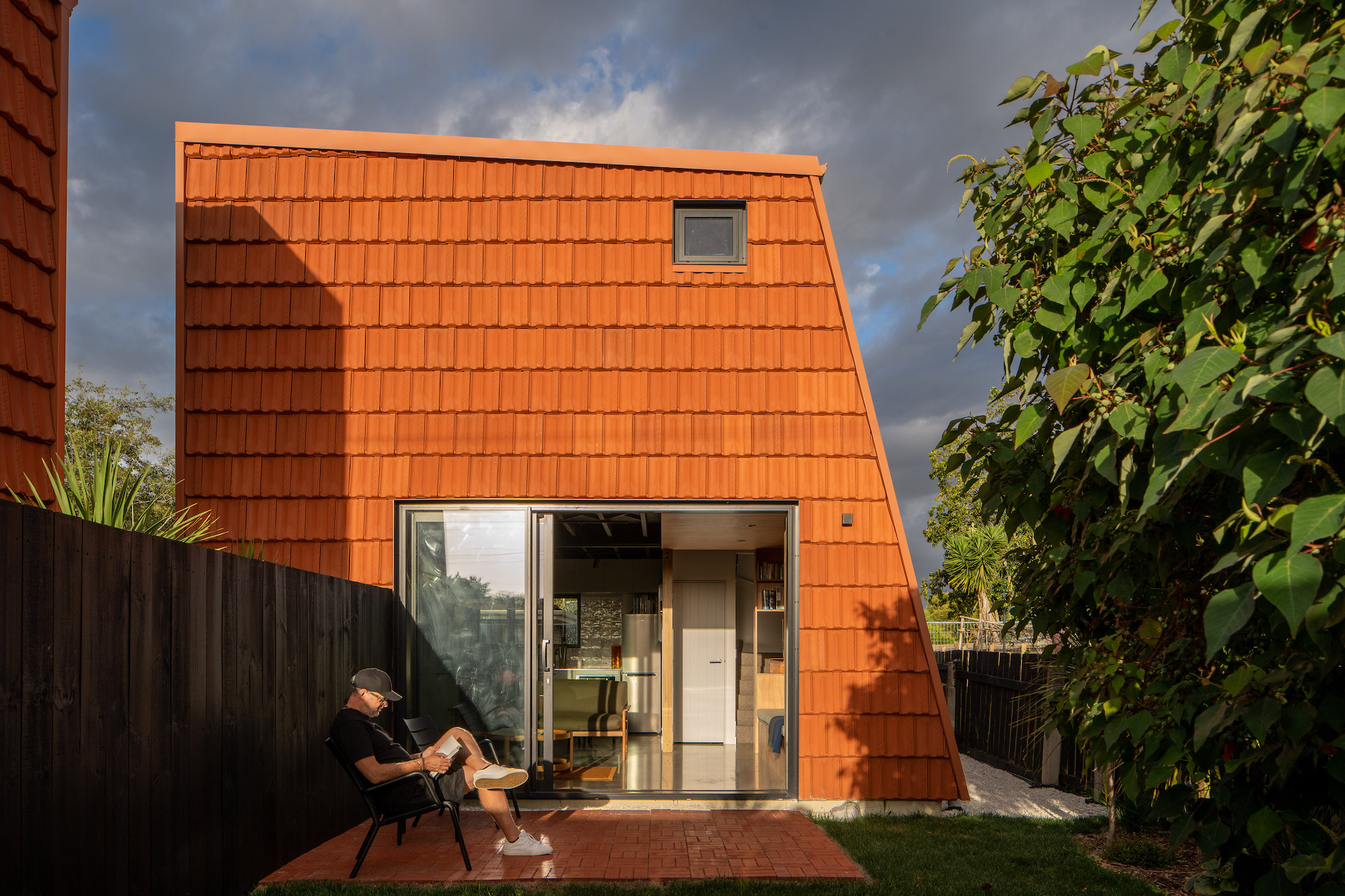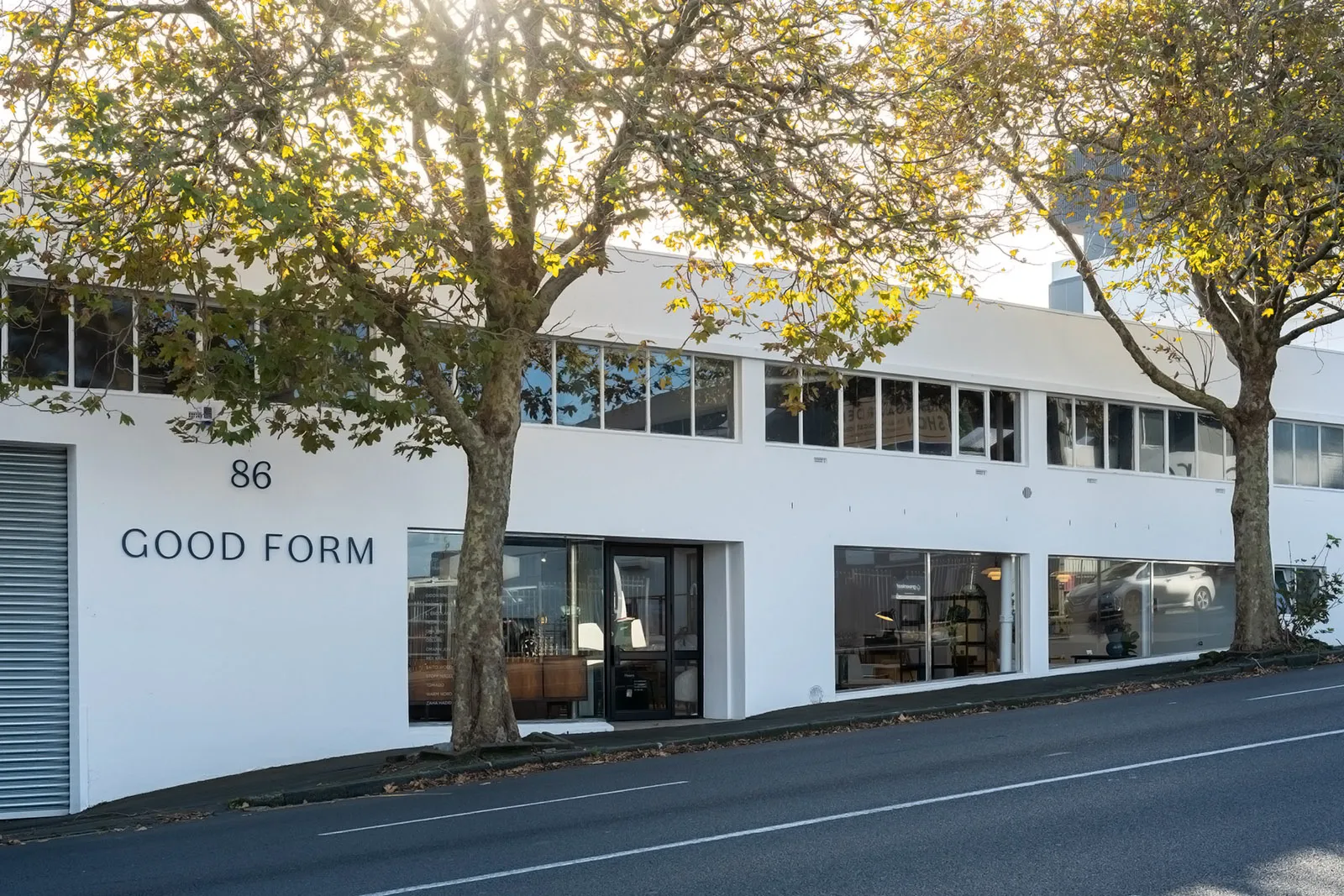Bjarke Ingels has made an international name for himself as an architect to watch. With grand ideas about sustainability, he and his firm BIG (Bjarke Ingels Group) are paving the way for successive architects. His idea of ‘hedonistic sustainability’ suggests that rather than a sacrifice, sustainable design should offer a challenge to actually increase quality of life as well as benefiting the environment and the economy.
Most architects wouldn’t jump at the chance to design a power plant, but Ingels saw this as a challenge to reinterpret a brief for a structure which is usually hidden away on the outskirts of the city. Ingels took this problem and used it as a way to help Copenhagen reach its goal of being carbon neutral by 2025 while providing the public with a practical facility that the city of Copenhagen with something desirable and future generations will enjoy. The plant ‘Amager Bakke’, also known as ‘CopenHill’, is a waste-to-energy plant meets ski slope. Despite its cold temperature, Copenhagen’s relatively flat landscape means it was not a skiing destination. BIG remodelled the landscape to incorporate a towering, sculptural expanse of grass which can become a winter leisure paradise.
Ingels cites CopenHill as “A crystal clear example of hedonistic sustainability – that a sustainable city is not only better for the environment – it is also more enjoyable for the lives of its citizens.”
His design is more than just a ski slope, however. It provides other recreational activities Copenhagen was missing and stunning views not normally seen by most. To stay relevant, the design has these practical elements that keep people coming back and broadening the desire for future projects where social and environmental needs can work in tandem.
Sustainability can’t be like some sort of a moral sacrifice or political dilemma or a philanthropical cause. It has to be a design challenge.
Japanese architect Kengo Kuma aims to improve and supplement the surroundings, rather than dominate them. His designs try to minimise the use of concrete and instead celebrate locally sourced, natural resources like stone and wood. Kuma sees wood as not only the superior material to work with for practical sustainability reasons but also sees it as a mediator between humans and nature.
After the late Zaha Hadid’s controversial bid for the New Japanese National Stadium was dropped due to budget concerns, Kuma’s design was selected in its place. The wooden stadium, a rarity for buildings of this type, focuses on sustainability through its use of local woods sourced from all over Japan.
Kuma also incorporates elements of the old stadium to show continuity between the past and present, promoting reusability of sustainable design materials. With such a high profile as one Tokyo’s Olympic venues, the design led to widespread publicity for Kuma and his practice. The project was awarded the Global Award for Sustainable Architecture in 2016.
My buildings are always part of the place, part of the location. I want to merge buildings into the environment as best I can. Harmony is always the goal of my practice.
Jeanne Gang, a Chicago-based architect and founder of Gang Architects, is well known for her innovative responses to issues of environmental and ecological sustainably. She has utilised recycled materials in many of her designs and pushes for the integration of nature into urban designs to increase biodiversity. Gang is perhaps best known for her Aqua Tower, completed in 2010 and one of the tallest skyscrapers designed by a woman at the time. The design mimicked rippling water and used bird-safe technology to prevent window collisions.
A smaller-scale project that her studio has completed is their own Rooftop Prairie. The project incorporates the studio’s ecological sustainability focus and shows their individual dedication to creating spaces which support the preservation and growth of the natural environment. The once-blank rooftop was transformed into an ecological sanctuary including three colonies of bees and an annual ‘bioblitz’ where they research and analyse how the rooftop is growing to support additional species. Since the inception of the prairie in 2015, the environment has grown from fifty thriving resident species to over seventy.
I’ve never been one to think about nature in a pastoral, picturesque way. I think of it as a potent force that can be harnessed. Wildlife is technology … Suddenly having nature in the middle of a city can be exciting.


















